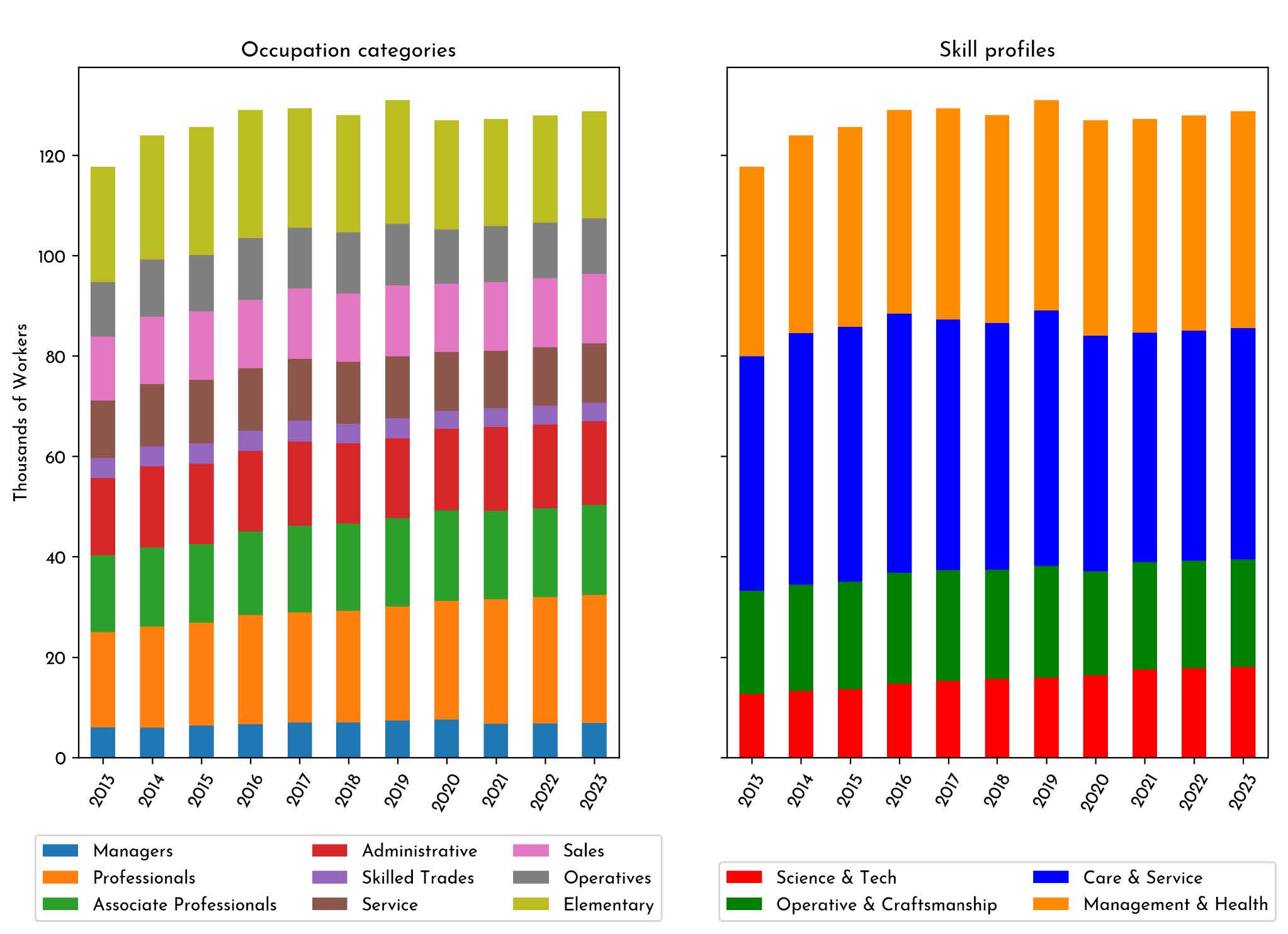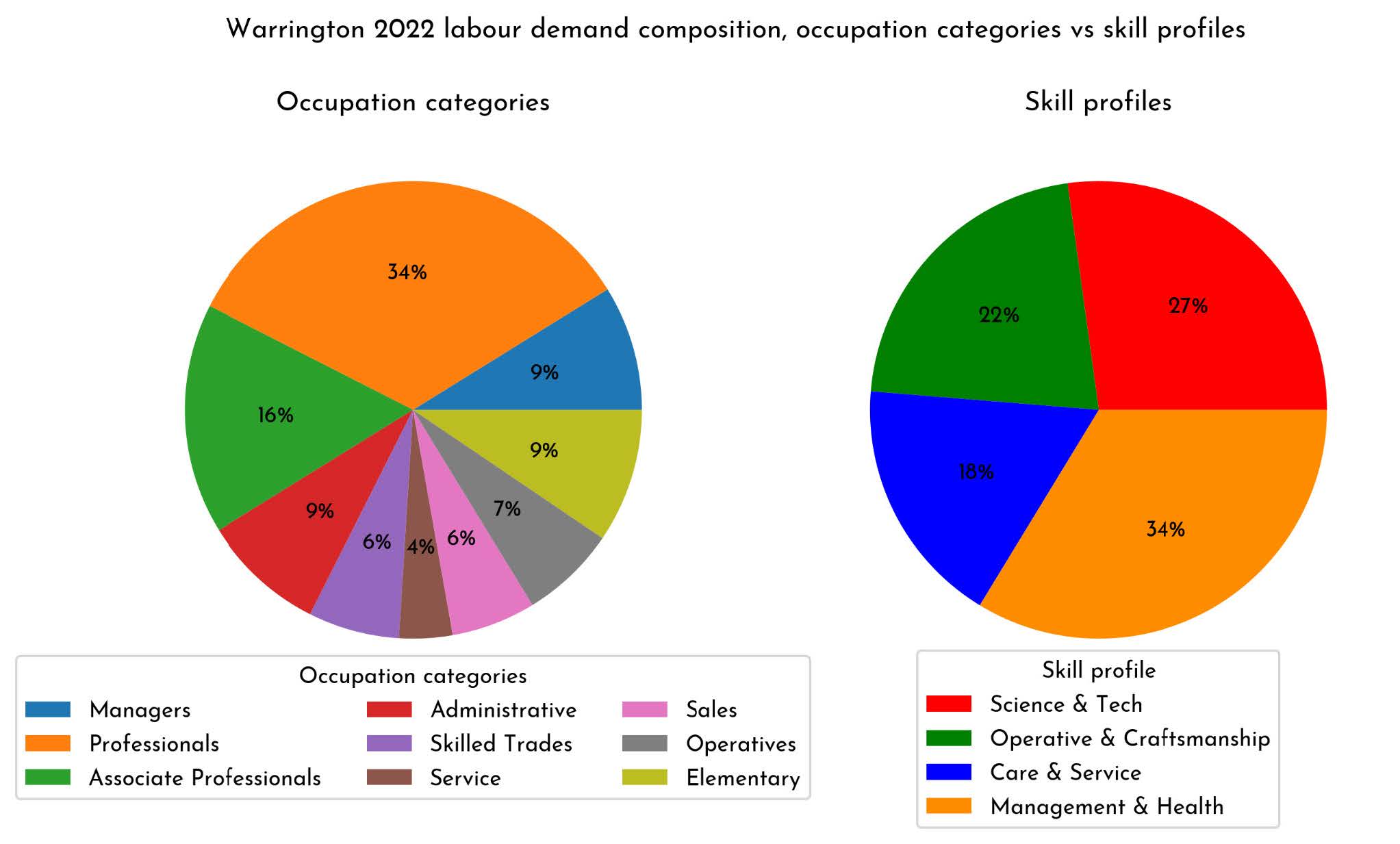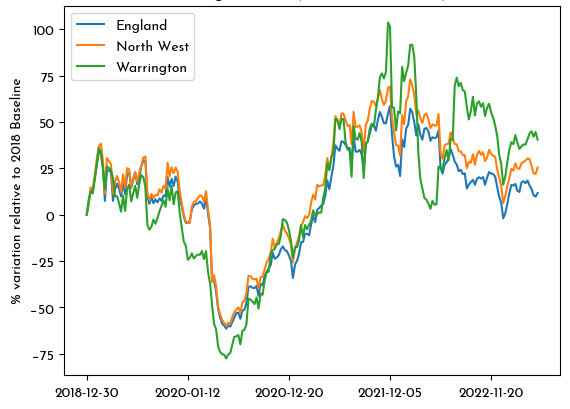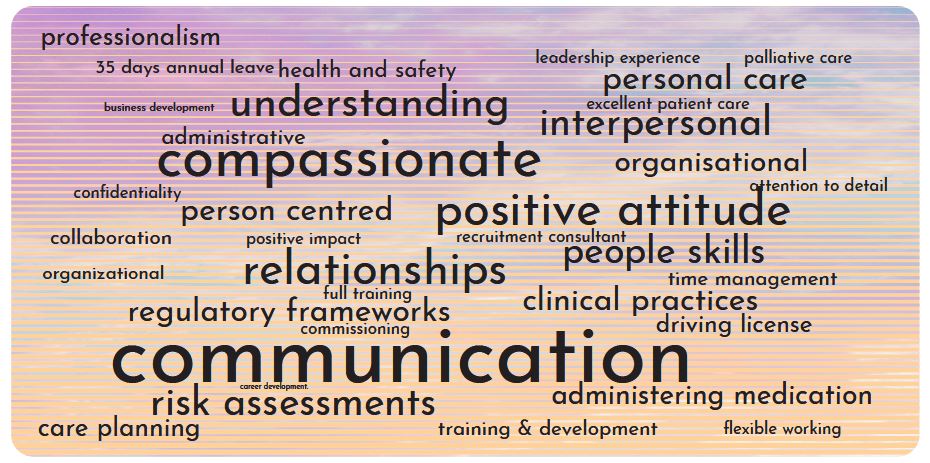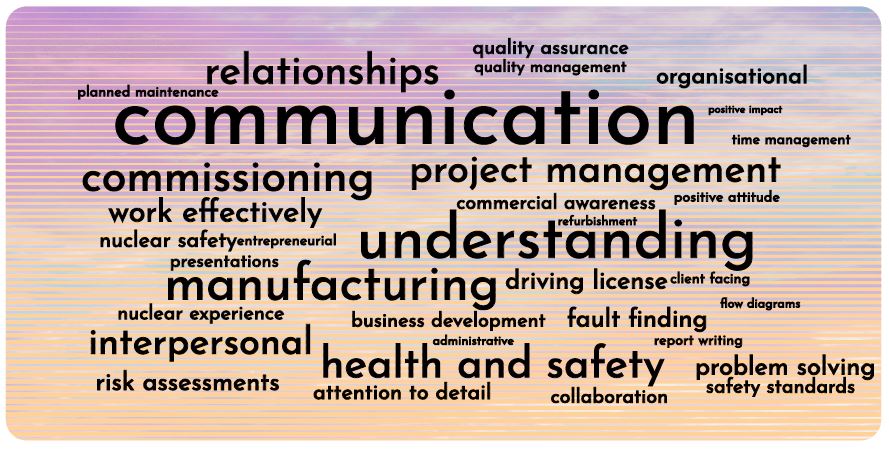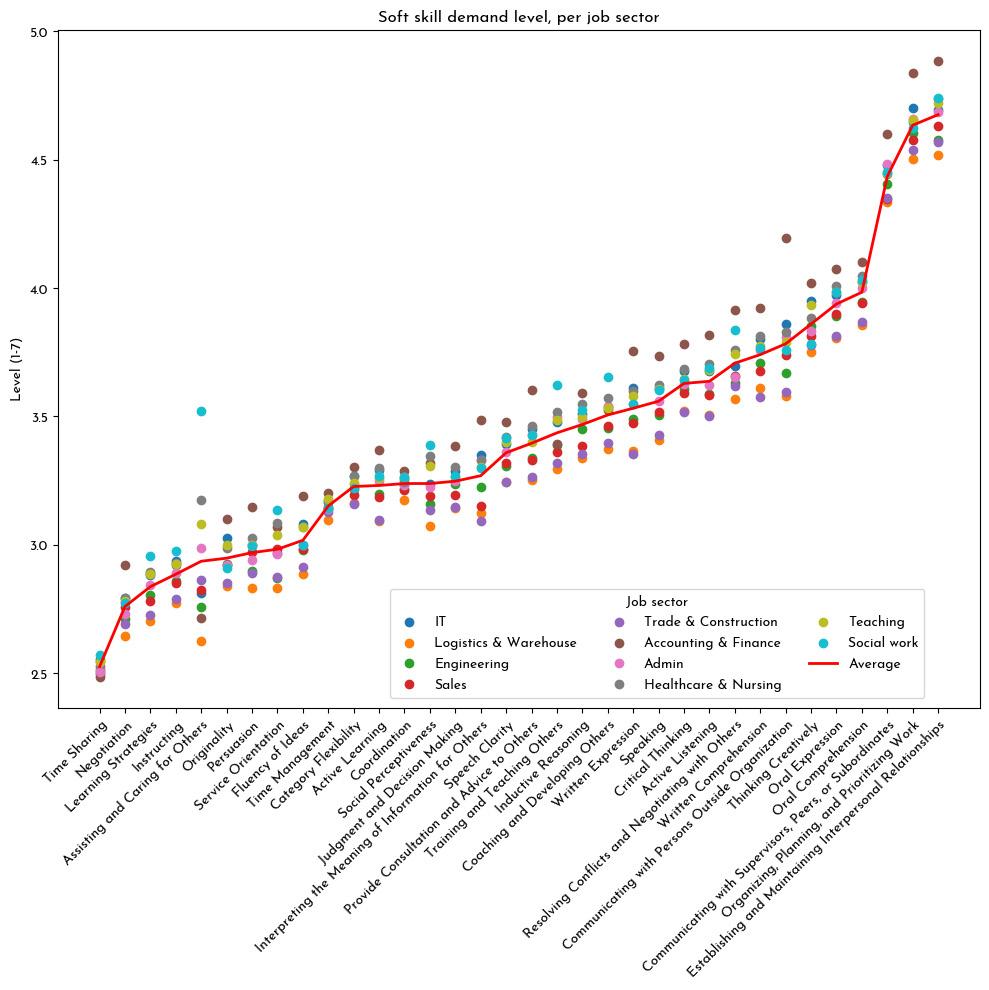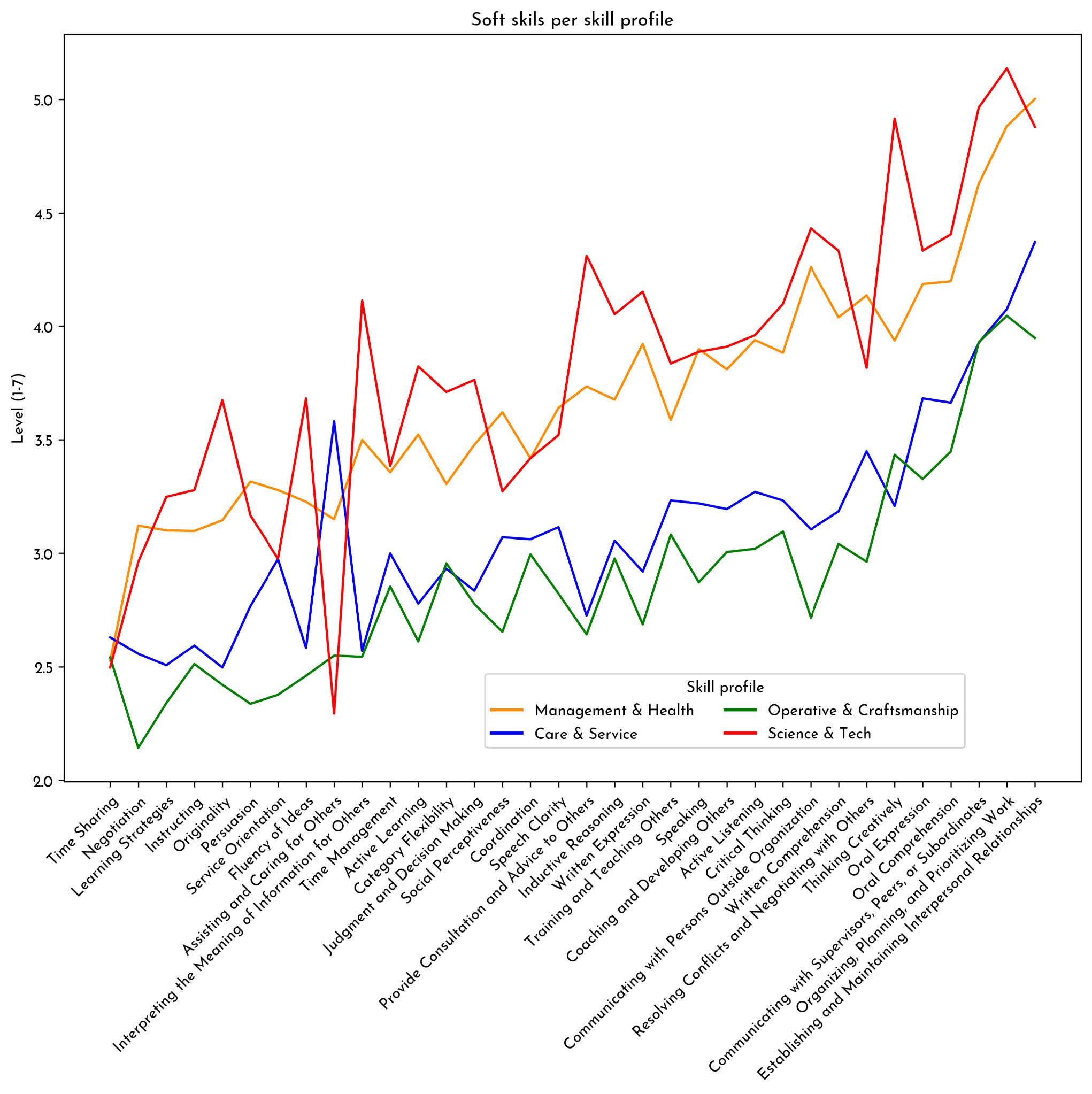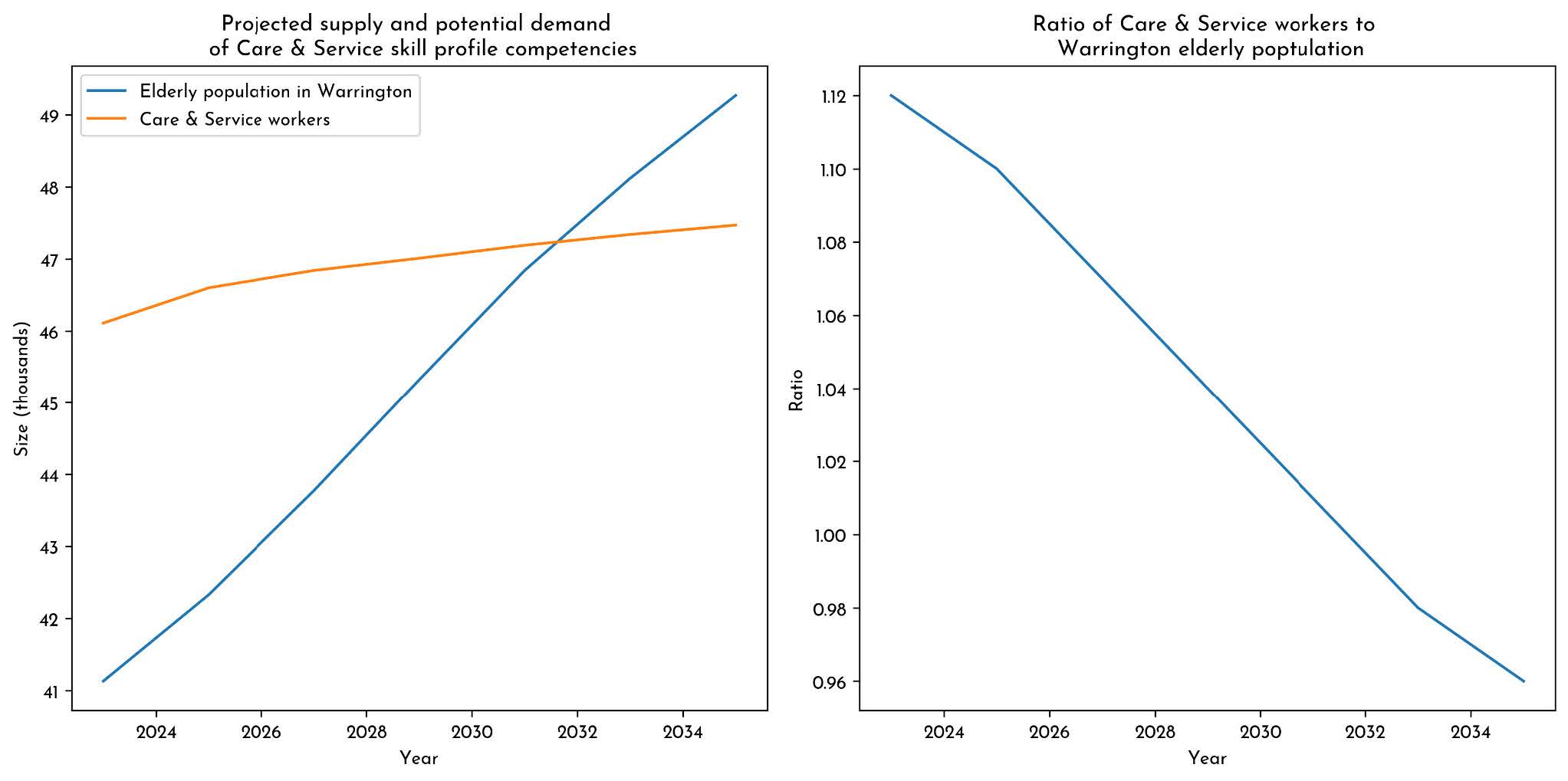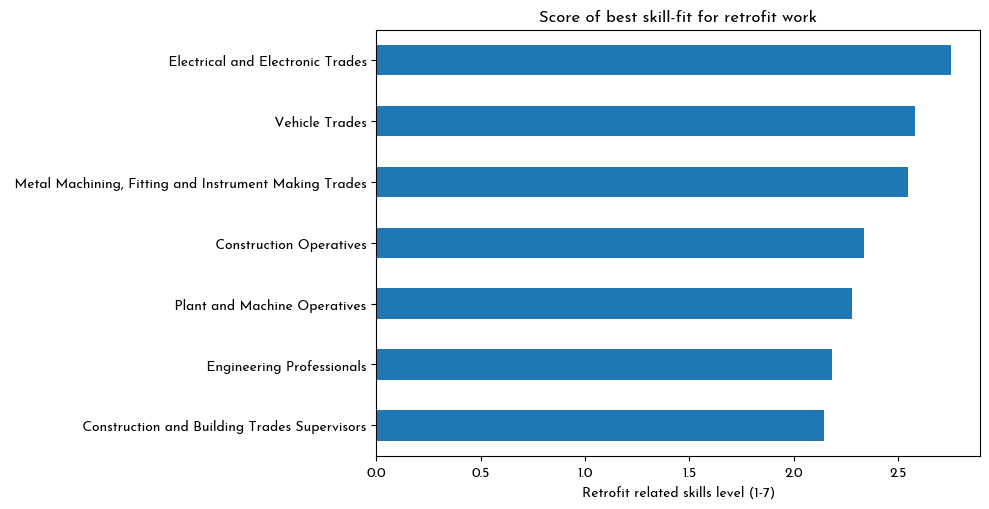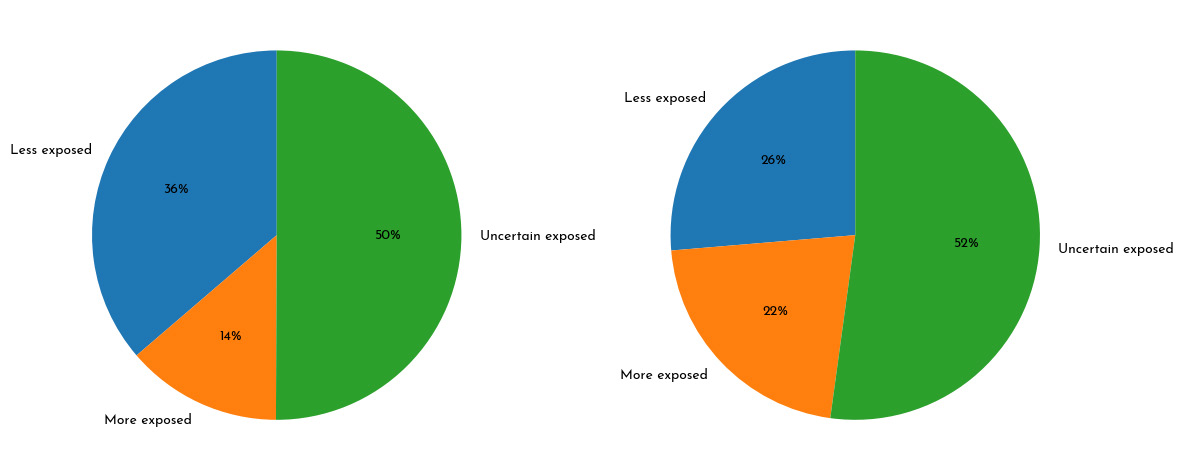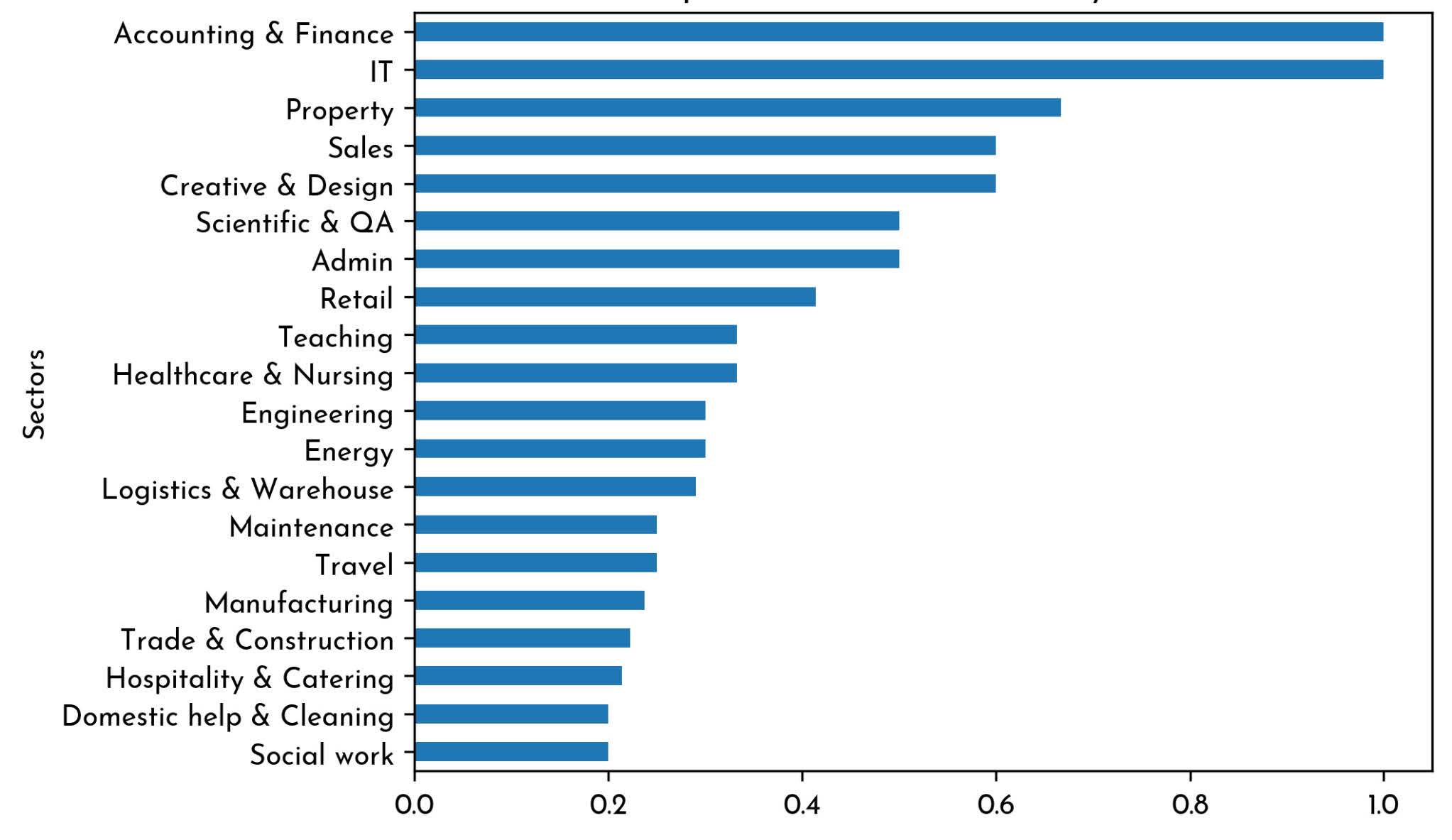Foreword
Welcome to the official Warrington Skills Commission report 2023, which sets out the vision for a successful future for our workforce and economy.
It was in 2013 that we carried out our last review of skills in Warrington, and it has been pleasing to see a number of the recommendations of that report evolve into practice – for example, through the establishment of the Warrington Pledge, connecting businesses with over 20 schools and supporting the transition of our younger generation into the world of work.
However, much has changed in the last decade and this refreshed look at our strategic needs comes at the right time.
Our 2023 report reflects on the progress made since our last review, before looking at the evolution needed to ensure the continued growth of Warrington’s economy. It explores the challenges and opportunities ahead of us and sets out the framework for ensuring local people are equipped with future-fit employment skills and training.
This report provides us with a clear way forward, with a strong focus on collaboration, preparing for net zero, responding to rapid technological progress and an ageing population and delivering skills training which aligns with the employment needs of the future.
As such, it will be an invaluable tool, as we continue our work together to deliver future economic sustainability and growth for Warrington, and ensure that this is something that local people can participate fully in.
As Chair of the Warrington Skills Commission, I would like to express my thanks to our commission members, expert witnesses, our consultant Autonomy, Warrington employers and employees, and our residents, for your support and participation.
Together, we have created an important document which I believe will leave a lasting legacy, helping to shape local and national policy, and guiding investment in skills and training for many years to come.
Professor Steven Broomhead MBE
Chief Executive of Warrington Borough Council and Chair of the Warrington Skills Commission
Key takeaways
The commission
- The 2023 Warrington Skills Commission was established with the intent of reviewing employment skills in Warrington
- It was established with the intent of leading the public debate on skills, and helping to secure the economic success of the borough.
- Following the last commission in 2013, this commission is committed to involving key stakeholders, including employers, educators, learners and employees, from across Warrington, as well as distilling the important local, national and international evidence.
Hiring and applying for work in Warrington
- During the Brexit negotiations period and prior to the COVID-19 pandemic in 2019, the demand for workers in Warrington was lower than the wider region of North West England and the country as a whole. However, in the post-pandemic period, Warrington's job market surpassed the growth rate observed in both England and the North West, indicating a positive shift in the local labour market.
- The industries with the greatest job creation in Warrington between 2019 and 2023 were Health and Social Work, Wholesale and Retail, and Professional Scientific, much the same as the North-West and England as a whole.
- Warrington is, on average, the fourth highest paying locality in the North-West. Of the town's four main skills profiles, 'Science and Technology' and 'Operative and Craftsmanship' offer the highest wages.
- There has been significant progress made on alignment in skills provision since the vision set out in the 2013 report. Twenty schools in Warrington are now signed up to The Pledge initiative, run by the Careers and Enterprise Company; this includes all mainstream secondary schools, all FE colleges and most SEND/ AP schools.
Skills in Warrington
- Across the top 10 job categories in Warrington - which includes Health Care & Nursing, Engineering, Logistics and Warehouse, IT, Trade and Construction, Accounting & Finance, Sales, Social Work, Admin and Teaching - the most common skill demanded by employers was 'communication', which is just the tip of the iceberg of emphasis on soft skills.
- Accounting & Finance, Healthcare & Nursing and Social Work Jobs tend to have the highest soft-skill score levels, while Logistics & Warehouse and Trade & Construction tend to have the lowest soft-skill score levels.
- In terms of skills profiles, Science & Technology and Management & Health require higher levels of competency in soft skills than 'Care & Services' and 'Operative & Craftsmanship'.
Perspectives on the ground
Workshops and surveys were conducted with a variety of stakeholder groups in Warrington, allowing them to contribute their perspectives to the Commission and raise issues that they felt important.
In our workshops, participants consistently raised a number of key themes, issues and proposals:
- There are opportunities to improve workplace inclusivity via ethical employment practices
- A need to improve our approach to winning and distributing funding in the third sector & education
- There is a willingness to build collaboration and co-production
- The pandemic is still having an effect on mental health and soft skills
- Warrington has a buoyant, mixed economy
- Transport from Warrington to other locations is very good, but
- internal connections poor
- SMEs face barriers to upskilling staff and need additional support
- The apprenticeship levy is not always available when needed and needs organisation
- 16-19 year olds are encountering mismatches between aspirations and availability
- Students want more engaging careers and soft skills training
- Mid-career workers also need guidance
- Digital skills are life skills, which especially affect those outside of education
- There are a shortage of applicants to the care sector as pay is very low
- Service providers and businesses could benefit from a greater understanding of green jobs
Futures to prepare for
The report also makes some forecasts about long-term industry and specific occupational growth, as well as considering the kinds of social and socioeconomic changes Warrington should be prepared for:
- an ageing population
- the climate crisis
- the ongoing development of digital technologies.
Recommendations
Warrington has responded to the challenges of the twenty-first century with resilience and, in many cases, has fared better than other places in the UK. If the town wants to respond as well to future challenges as it has to those of the recent past, it needs an agile skills policy, built for the growing challenges of our time. With this in mind, our recommendations are divided into three key categories: collaboration, alignment and preparation.

Photo provided by Warrington and Vale Royal College
Collaboration
- Work with partners across the subregion to seek a new regional devolved skills settlement from national government
- Enable a 'place based' focus and expand coordination between stakeholders via a new strategy skills body for Warrington
- Consolidate a single online skills portal
- Improve learner engagement in skills information
- Conduct representative polling for future skills reviews via a polling agency and collect comprehensive destination data for learners leaving Warrington
- Help employers to take advantage of and collaborate on the apprenticeship levy
Alignment
- Maintain a vision of skills training aligned with employer needs
- Target key growth areas for skills provision, specifically information technology, logistics and e-commerce, green industries, retrofit work and care work.
- Replenish skills that are ageing out of the labour market
- Offer soft skills training to all learners and support learners in demonstrating them to employers
- Celebrate fair employment practices via a fair employment charter
- Promote Equality, Diversity and Inclusion (EDI) in Warrington
- Begin breaking down barriers to training before KS2
- Conduct more regular skills reviews and analysis
Preparation
Net zero
- Adopt a forecast-led skills strategy
- Create a retrofit-ready workforce
- Improve access to skills training through public transport
- Offer green training provision across education
Care economy
- Support 'Warrington Together'
- Address the cause of recruitment and retention difficulties such as low pay and poor working conditions in the sector
- Offer regular training opportunities and promote greater awareness of these
Digital futures
- Offer core digital skills training for all school age leavers
- Make digital skills readily accessible to adult learners and the employed
- Establish digital training initiatives for the economically inactive and unemployed
- Build automation resilience into Warrington's skills provision
Introduction to the abridged report
The 2023 Warrington Skills Commission was established with the intent of reviewing employment skills in Warrington, in order to lead the public debate on skills, and help to secure the economic success of the borough. Following on from the previous Commission, which published its report in 2013, this commission is committed to involving key stakeholders, including employers, educators, learners and employees, from across Warrington, as well as distilling the important local, national and international evidence.
This commission represents an opportunity for reflection on the last decade of education, training and work in Warrington. As described by Cllr Tom Jennings, ten years after the 2013 commission, this commission and report aspire to, “help set the framework for further economic success by increasing opportunities for our people to get future-fit employment skills and training.”1
Key themes have emerged in the process of consulting key stakeholders for the report. It is clear, over what has been a difficult and resource-limited decade, that collaboration has got us further than competition in many areas. Working together represents the best opportunity for bringing resources into Warrington and creating shared prosperity. At the same time, many key observations of the last report remain present in the minds of employers, educators and learners: in particular the need to align training to demand from the labour market.
This abridged version of the report presents an overview of its key findings (the 'story' of the report), alongside its recommendations
For a precise skills analysis specific to Warrington we utilise ASPECTT, a database developed by Autonomy to offer granular portraits of every occupation in the UK. For any Standard Occupational Classification (SOC) occupation code, ASPECTT offers a detailed breakdown of the abilities, skills, expertise, technologies and tasks required for the role.
Warrington's specific skills profiles
Drawing on ASPECTT and analysing the labour market data for Warrington, we have derived four main skills profiles demanded in the local employment market.2 Skills profiles group workers not by industry or sector, nor by specific job titles, but by the mix of skills required for their work.3 In short, this method groups kinds of work together, based on the skills utilised on the job, rather than the usual labels used.4 It allows us to describe Warrington's labour market in terms of its skill requirements, and foregrounds skills compositions which more closely reflect those used in work.
As such, these profiles describe specific distributions of skills that are generally demanded within the Warrington labour market. These skills profiles are unique to the Warrington labour market, and analysis of a different region would produce different skills profiles. Warrington's four main skills profiles are:
- Management & Health: The most common competencies for these occupations include communication, problem solving, time management, organisational skills, teamwork, leadership, interpersonal skills. 'Management & health' covers a wide range of senior decision-making occupations across various sectors, including customer service, finance, hospitality, leisure, healthcare, legal, education, welfare, therapy, housing, business, media, and transport.
- Operative & Craftsmanship: This skills profile covers a wide range of roles and skills, largely in sectors involving physical labour, from supervision and assistance to more skilled trades. It includes occupations like Construction and Building Trades, Process Operatives, Vehicle Trades, Metal Machining, Fitting and Instrument Making Trades, Electrical and Electronic Trades.
- Science & Technology: This skills profile is often demanded by research and development in Architecture, IT, Engineering for instance. Common competencies among these occupations include problem solving, critical thinking, communication, organisation, interpersonal skills, and technical expertise.
- Care & Service: This could be 'care' of clients in the retail sector, for instance, or patients in the healthcare sector. A diverse set of roles fit into 'Care & Service', such as food preparation and hospitality, road transport driving, health associate professions, administration, retail sales, animal care and control, housekeeping and related services, leisure and travel services, hairdressing, cleaning, protective services. The skills which unite these roles include being helpful, having a friendly manner, providing information and assistance, and resolving customer complaints.
If we track the evolution of Warrington's Labour market over the past decade, we can see its distribution has remained somewhat stable. The labour force was at its largest shortly before the Covid pandemic in 2019 and has remained relatively steady in the last ten years. As Figure 1 shows below, Professionals and Associate Professionals have remained the most prevalent occupation categories throughout this period, while 'Care & Service' and 'Management & Health' have remained the most prevalent skills profiles.

